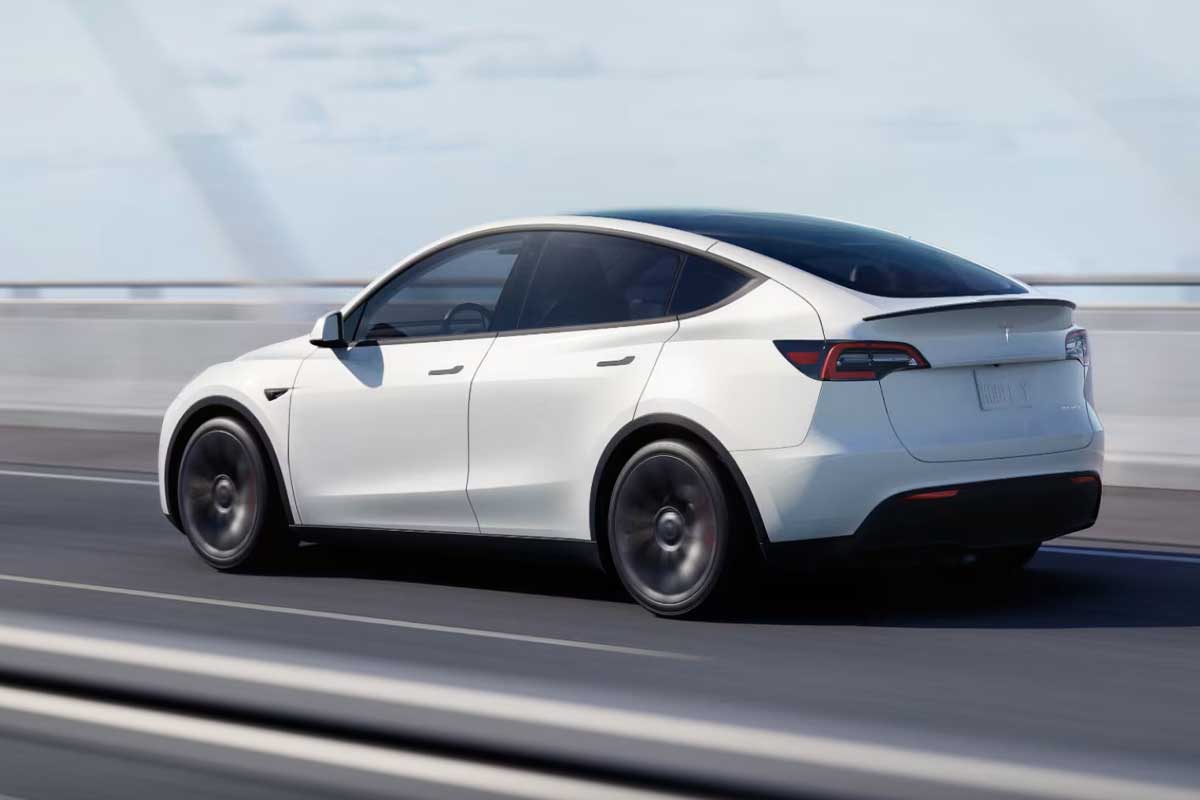Tesla’s Model Y Launch Edition Raises Demand Concerns Amid Same-Day Delivery
Tesla’s Model Y Launch Edition Raises Demand Concerns Amid Same-Day Delivery
By
Rachel Steinberg
Last updated:
March 31, 2025
First Published:
March 31, 2025

Tesla’s highly anticipated Model Y Launch Edition has hit the U.S. market with an unexpected twist—same-day delivery availability. While this might seem like a convenient perk for eager buyers, it raises serious concerns about the vehicle’s demand. Typically, Tesla models have long wait times due to high demand, but the ability to receive a Model Y on the same day suggests that sales may not be meeting expectations.
Slower-Than-Expected Sales and Inventory Insights
Despite CEO Elon Musk’s repeated claims of strong demand for Tesla’s electric vehicles, industry data tells a different story. Just weeks after the Launch Edition’s release, reports indicate that Tesla has only secured enough orders to cover a little over two weeks’ worth of deliveries—a weak start compared to previous launches.
Adding to the issue, Tesla recently depleted most of its old Model Y inventory, offering aggressive discounts of up to $8,000 to clear stock. While this move helped boost sales of older units, it appears to have had little impact on generating enthusiasm for the new Launch Edition.
Price Point Poses a Challenge Amid Economic Uncertainty
One of the key reasons behind the lukewarm reception may be the price tag. The Tesla Model Y Launch Edition starts at $60,000, making it a tough sell in today’s economically uncertain environment. Consumers have become more price-sensitive, and with high interest rates and increasing competition in the EV market, Tesla’s pricing strategy might not be as compelling as before.
With growing affordability concerns, analysts predict Tesla may need to introduce discounts or financing incentives, such as 0% interest loans, similar to those seen in past models, to attract more buyers.
Tesla’s Next Move: Cheaper Variants to Stimulate Demand
In response to the sluggish demand, Tesla is reportedly planning to introduce a more affordable, non-Launch Edition Model Y along with a rear-wheel-drive (RWD) version at a lower price point. These new variants are expected to broaden the appeal of the Model Y lineup, especially for cost-conscious consumers looking for an entry-level EV.
Industry experts believe that rolling out these versions sooner rather than later is crucial, as ongoing reports of weak demand could impact Tesla’s overall market share in the highly competitive electric SUV segment.
While the Model Y remains Tesla’s top-selling vehicle, the lackluster demand for the Launch Edition is an early warning sign that the company cannot rely solely on brand loyalty to drive sales. With competition from automakers like Ford, Hyundai, and Rivian intensifying, Tesla must adapt its pricing and marketing strategies to maintain its dominance.
If demand does not improve, Tesla may be forced to rethink its approach—either by lowering prices, offering aggressive incentives, or fast-tracking new, more affordable variants. The coming months will be a critical test for Tesla as it navigates shifting consumer preferences and a rapidly evolving EV landscape.
Popular articles
Subscribe to unlock premium content
Gordie Howe Bridge: A $4.6B Gamble on North American Trade at Risk from Rising Tariffs

Why Designers Are Rethinking Pantone: The True Cost of Color Consistency in 2025

Point Roberts Faces Economic Collapse Amid U.S.-Canada Trade Tensions

Gordie Howe Bridge: A $4.6B Gamble on North American Trade at Risk from Rising Tariffs

Why Designers Are Rethinking Pantone: The True Cost of Color Consistency in 2025

Gordie Howe Bridge: A $4.6B Gamble on North American Trade at Risk from Rising Tariffs









